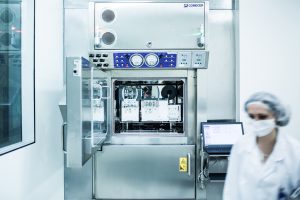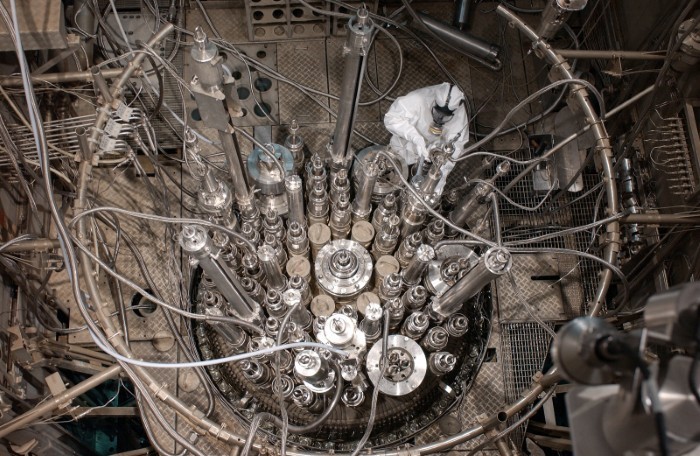 Medical applications of nuclear technology are used all over the world. Every year, 30 million people benefit from a diagnostic procedure or treatment by nuclear medicine for at least 60 different pathologies- and these numbers are steadily increasing.
Medical applications of nuclear technology are used all over the world. Every year, 30 million people benefit from a diagnostic procedure or treatment by nuclear medicine for at least 60 different pathologies- and these numbers are steadily increasing.
These medical applications save lives. They are now used in the fight against cancer, but also in cardiology, neurologists, pneumology and pediatrics. Or even in dentistry and veterinary medicine.
Medical nuclear technology is progressing day by day and its scope expands to most organs of the human body. The prospects for our health are enormous.
Nuclear medicine uses radioactive isotopes (radioisotopes) that are, atoms with unstable nuclei. This instability explains why they emit radiation. In hospital environments, these radioactive isotopes are used for diagnosis and treatments.
While nuclear medicine is widely used to diagnose (90% of 30 million patients), it is also of paramount importance in treatment (10%). This is referred to as “metabolic or molecular radiotherapy” since it intervenes near or inside the human cells to be treated.
A specific, short-range radiation is used. Radioisotopes target diseased cells and destroy them, without affecting surrounding tissues.
Nuclear medicine mainly treats various forms of cancers and also many patients suffering from thyroid disorders.
Unlike nuclear medicine, standard radiation therapy uses confined sources of ionizing radiation. Either outside the body (external radiotherapy) or inside (internal radiotherapy) without the sources being able to move freely in the body. Proton therapy is one of the techniques of radiotherapy.
Radiation can be emitted from the outside without surgery. Rays can also come from a radioactive substance introduced in the patient’s body, specifically inside or in the immediate vicinity of cancer cells. The objective of these two techniques is to alter the DNA of specifically cancerous cells in order to hinder their multiplication.
Molecular radiotherapy is extremely targeted: it treats only diseased tissues. Healthy cells in the immediate environment of a tumour are not or only minimally affected during treatment with this nuclear technology
Radioisotope examinations and treatments do not pose a danger to the patient or to the environment. Radioactive radiation is very low, extremely targeted and very short-lived. The doses are administered and calculated in such a way that the radiation is concentrated on the cell and radiates as little as possible the surrounding cells.
In external radiation therapy, a treatment plan is always established prior to the ray sessions. It defines, for each patient, the dose to be administered, the target volume to be treated, the dosimetry, the ballistics of the radiation beam and the duration of each treatment. The treatment is painless and lasts no more than a few minutes per session.

Figure 1 BR2 reactor in Belgium, at SCK-CEN. It is a lead producer of medical radioisotopes.
Isotopes are made at five major nuclear reactors throughout the world. Certainly until 2020, and probably until 2025, the market for isotopes (for diagnostics as well as for therapy) will be fragile, and shortages of isotopes could occur when one of these reactors ceases production. In the longer term, isotopes used for diagnosis will also be produced by particle accelerators. However, it is not yet proven that enough of them can be produced to satisfy demand or that this can be done at an affordable price.
Nuclear technology inevitably generates radioactive waste. This is, in the case of nuclear medicine, medical equipment used (needles, gloves, etc.). Specialized services are responsible for collecting and storing waste so that it does not come into contact with the outside world. Being generally short-lived waste, this is not a health or environmental problem. Read more about how waste is being managed here.




